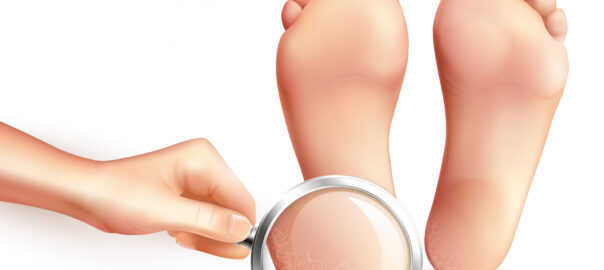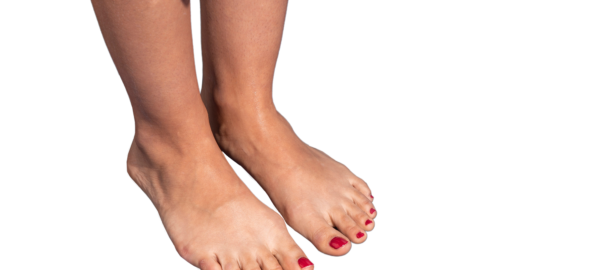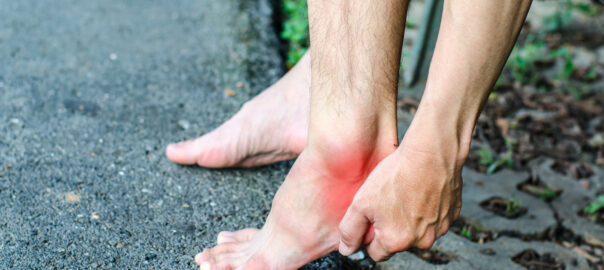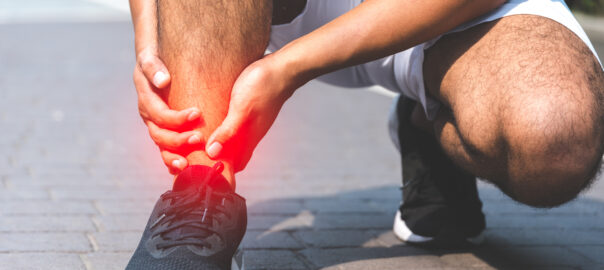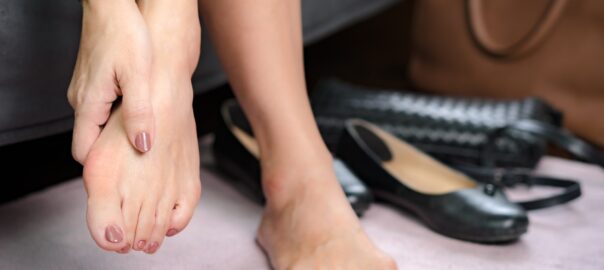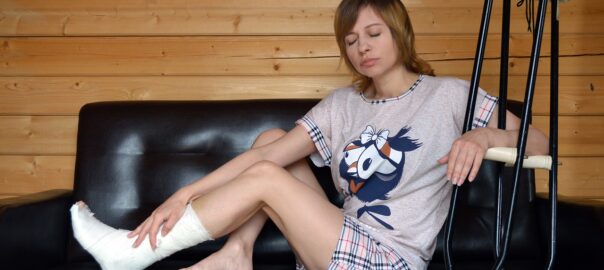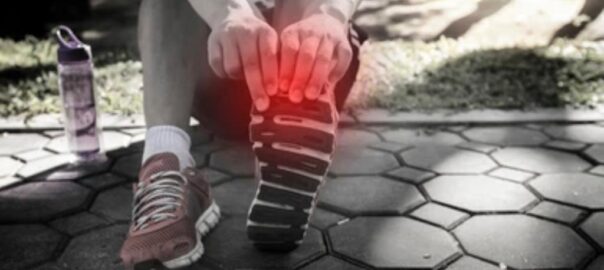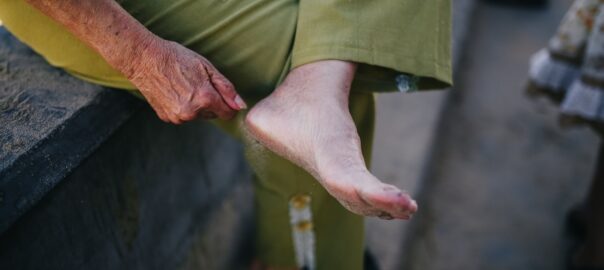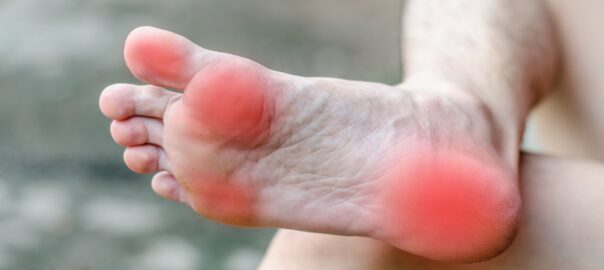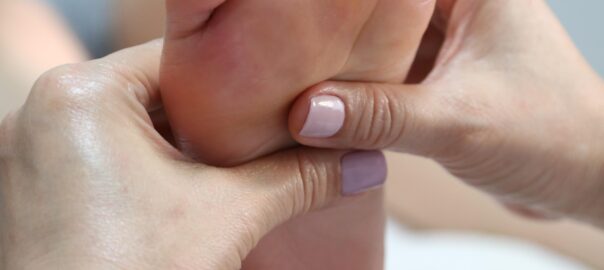When your heels have developed cracked skin, they can feel unattractive, to say the least. The texture of your heels becomes rough, the skin is dry and thick, and occasionally, you will have a yellow or brown callus along the heel. People who have cracked heels may notice they become worse in the colder months. This condition can cause your feet to look older and may be painful or uncomfortable.
Cracked heels, also known as heel fissures, can be caused by various factors:
- Dry skin: Lack of moisture is a primary cause. This could be due to weather conditions, dehydration, or poor foot care.
- Standing for long periods: Prolonged standing or walking can put pressure on the heels, leading to cracks.
- Obesity: Excess weight can cause the fat pad under the heel to expand, leading to cracks under pressure.
- Ill-fitting footwear: Shoes that don’t properly support or cushion the feet can contribute to cracked heels.
- Skin conditions: Conditions like eczema, psoriasis, or athlete’s foot can dry out the skin and cause cracking.
- Lack of foot care: Neglecting to regularly moisturize or exfoliate the heels can leave them vulnerable to cracking.
- Aging: As we age, skin loses elasticity and becomes drier, making cracked heels more common.
Treating cracked heels involves regularly moisturizing, using pumice stones or foot files to remove dead skin, wearing properly fitting shoes, and addressing any underlying conditions contributing to the issue.
Always consult a podiatrist if you have any foot discomfort. Consult with our podiatrists in Chicago for a personalized treatment plan tailored to your needs.


